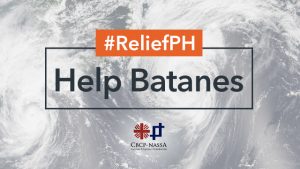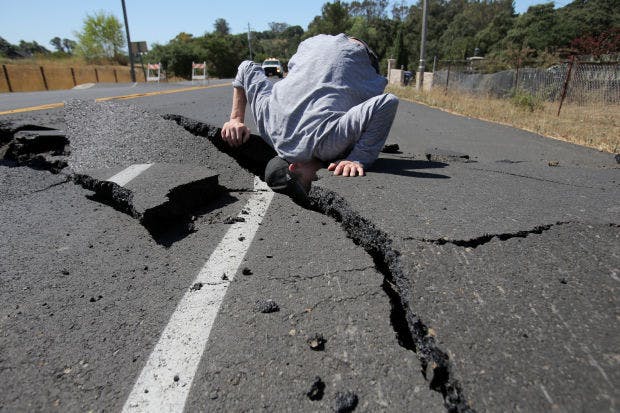
The earthquake is one of the natural disasters which naturally often takes many victims. For this reason, it feel necessary to provide you with general knowledge about earthquakes. In this
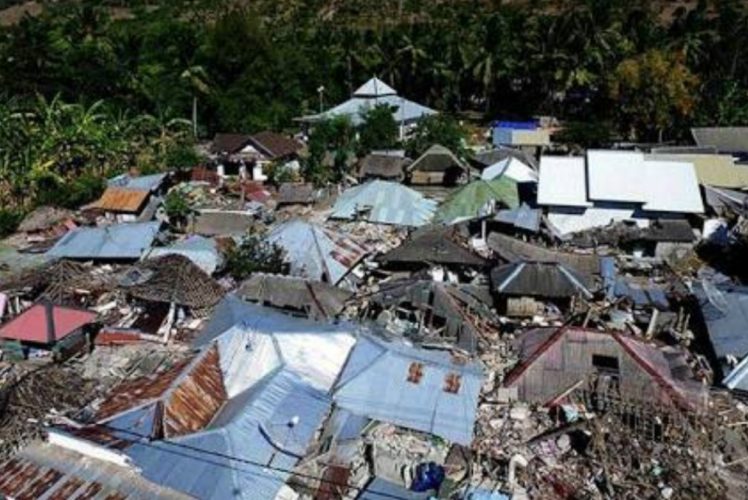
ASEAN countries poured funds amounting to 40 million yen or equivalent to Rp5 billion for victims and earthquake recovery in Lombok, West Nusa Tenggara. Many companies try to provide assistance
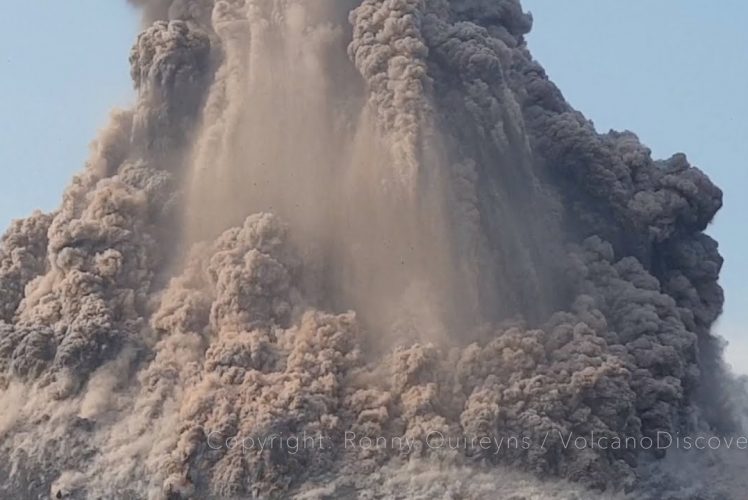
The earthquake and tsunami that destroyed Japan in 2011 showed that modern life is still vulnerable to the forces of natural disasters. Even with what happened in Palu last September
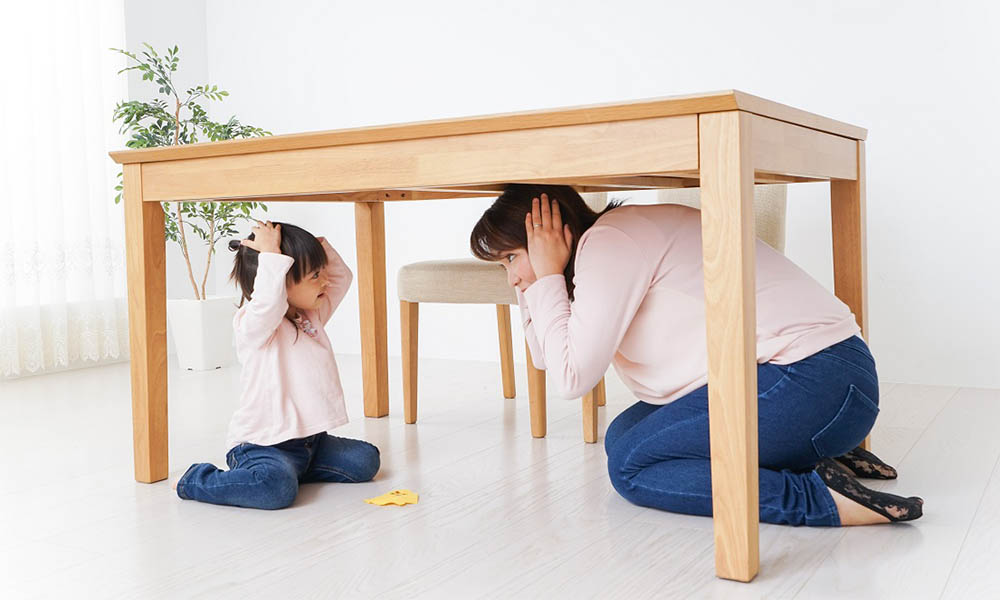
Japan is a developed Asian country, parallel to South Korea and China, which are now economic giants. Who does not know products from Japan, electronic devices from television, sound systems, to automotive, Japanese products are known for their quality assurance. We are undoubtedly familiar with the brands of Honda, Yamaha, Toyota, and others. Japanese brands echoed also reached the international market. However, besides being known for its strong work ethic and rapid economic development, Japan is also synonymous with disaster countries.
This time we will get to know more about what causes Japan to be a country prone to natural disasters and how its people adapt to inherent challenges that cannot be underestimated.
Here are two types of disasters that most often occur:
- The tectonic plates meet each other
Japan is an island nation in the middle of the Pacific Ocean. The islands in Japan are right above the Pacific Ring. Because it is located in the Pacific Rings of Fire, it shows that Japanese territory is also the meeting point of three active tectonic plates, including the Pacific tectonic plates, the Philippine Sea, and Eurasia. The three tectonic plates move together and have a devastating effect on Japanese territory. The movement of the three plates also affects the land contour in Japan, which has active volcanoes in many areas.
As in Geography, the earth’s crust has many parts. In the invisible part, the plates move. Considering Japan is right at the meeting point of three tectonic plates that are actively moving, it’s no wonder that the earthquake is like a daily food.
- Tsunami
The number of active volcanoes, such as Mount Fuji, also adds to the power of earthquake activity on Japanese soil. Spurting magma contributes to the severity of natural disasters if they occur. An earthquake that has a large force and its effect to affect the sea trough has the potential to cause a tsunami. The damaging effects of the tsunami increased the number of victims and worsened damage to public facilities or buildings.
The right side of many volcanoes is that the soil becomes fertile. Lava vomit that reaches the ground, after a long time it will improve soil content. No wonder we can see Japan’s agricultural region is also very green and lush.
Given the dangerous risks of such natural and geographical conditions, the Japanese government has launched many disaster prevention and prevention programs that are now pilot projects in other countries.
These breakthroughs include the following:
Earthquake resistant building
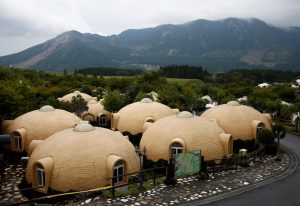
In constructing multi-story buildings, public facilities, and especially for residential areas, the Japanese government has high standards to judge whether the building is worth standing or not. The two main requirements for qualifying to build are that the building will not collapse due to an earthquake within the next hundred years and will not be damaged due to age or things beyond the shock for the next ten years. The contractors must report all materials used to build until they are declared feasible, then they can start their work.
Disaster warning technology
For Japanese people who live on the coast, the area is equipped with tsunami warning equipment. The tool will automatically ring or give a signal a few minutes before a potential tsunami occurs. The goal is that residents can flee to high places before a disaster occurs. Also, cell phones in Japan are equipped with earthquake warning systems. If there is an unusual vibration on the ground, then there will be a signal that responds to the cell phone to give a warning to the public. The message on the cell phone works a few seconds before the earthquake occurs so that people can immediately find shelter.
Education/education in facing disasters
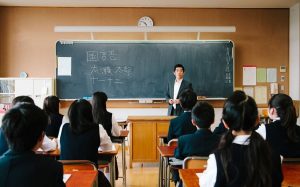
Given the earthquake-prone location, education facing disasters has been included in the Japanese education curriculum. School students are trained from kindergarten age so as not to panic when an earthquake occurs. Disaster simulations are also often performed, and this is also applied to adults. They will be taught to bend under the table immediately or look for the corner that will have the smallest risk of being crushed by rubble.
Japanese people are also given instructions to prepare provisions for disasters to occur to survive until rescue teams come to evacuate. Emergency backpacks containing medicines, food supplies, warm blankets, and other supplies must also be prepared so that they can be brought at any time at the evacuation site.
We can learn many things from Japan, not only from their culture and work ethic. Readiness in dealing with natural disasters is exemplary, especially for people whose territory is also often affected by disasters.
